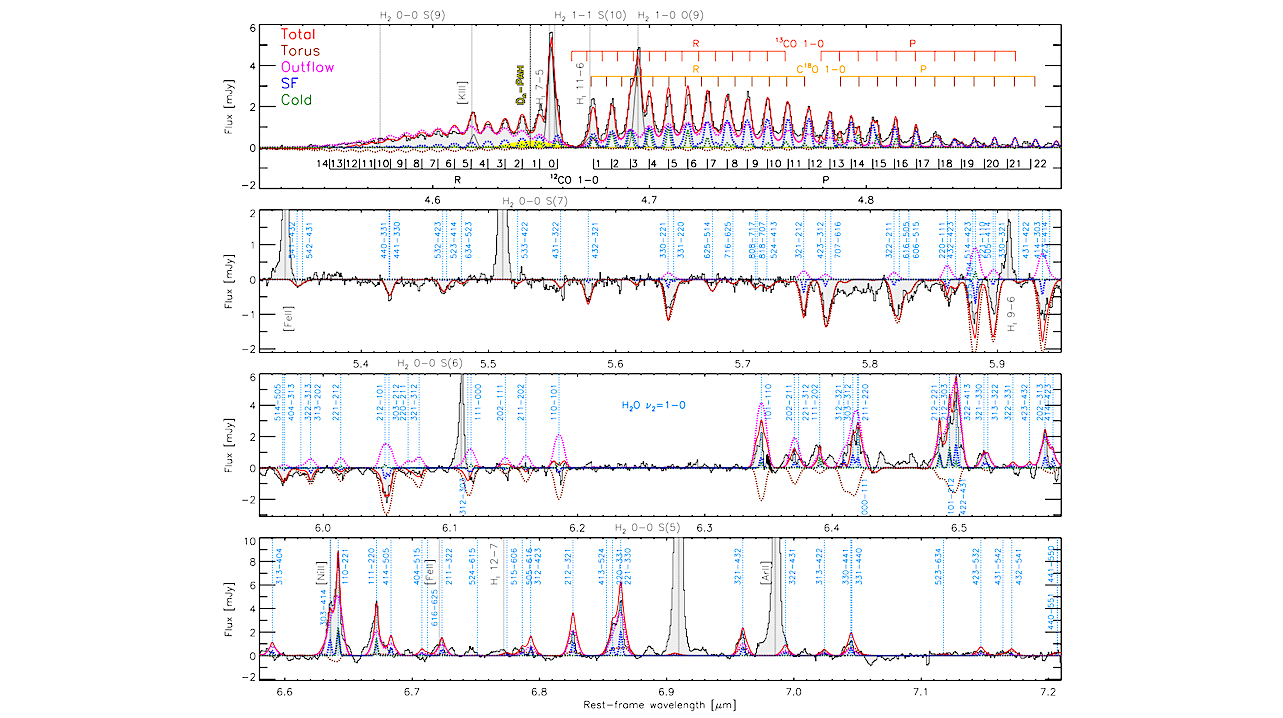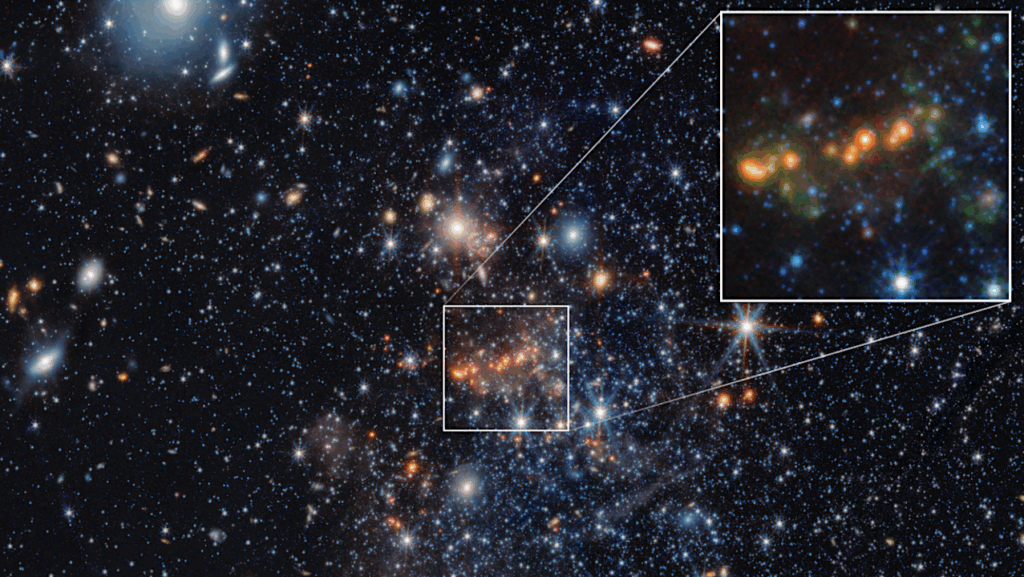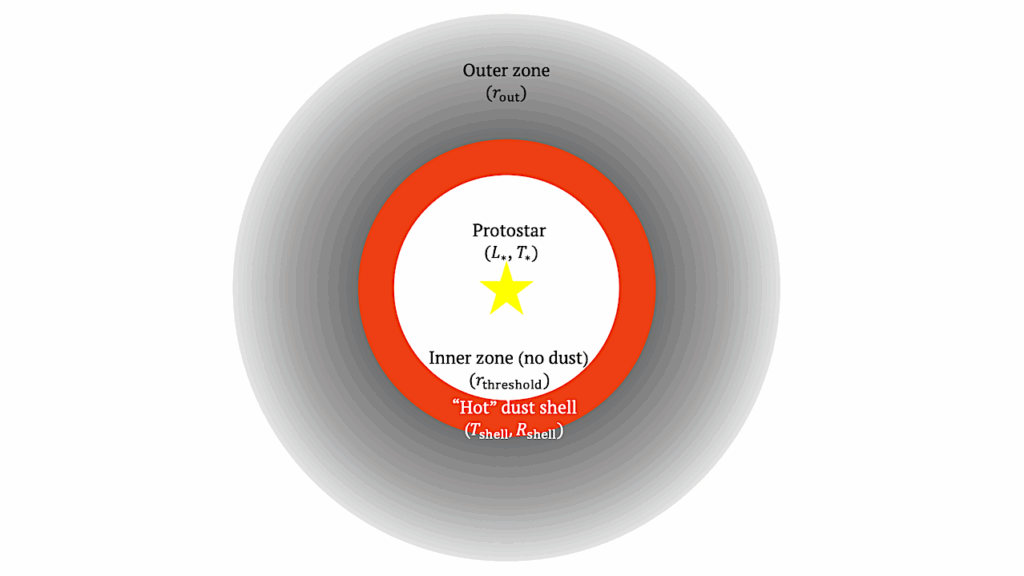Structures Of Dust and gAs (SODA): Constraining The Innermost Dust Properties of II Zw96 With JWST Observations Of H2O And CO

We analyze JWST NIRSpec+MIRI/MRS observations of the infrared (IR) gas-phase molecular bands of the most enshrouded source (D1) within the interacting system and luminous IR galaxy II Zw 096.
We report the detection of rovibrational lines of H2O ν2=1-0 (∼5.3-7.2 μm) and 12CO ν=1-0 (∼4.45-4.95 μm) in D1. The CO band shows the R- and P-branches in emission and the spectrum of the H2O band shows the P-branch in emission and the R-branch in absorption. The H2O R-branch in absorption unveils an IR-bright embedded compact source in D1 and the CO broad component features a highly turbulent environment.
From both bands, we also identified extended intense star-forming (SF) activity associated with circumnuclear photodissociation regions (PDRs), consistent with the strong emission of the ionised 7.7 μm polycyclic aromatic hydrocarbon band in this source. By including the 4.5-7.0 μm continuum information derived from the H2O and CO analysis, we modelled the IR emission of D1 with a dusty torus and SF component.
The torus is very compact (diameter of ∼3 pc at 5 μm) and characterised by warm dust (∼ 370 K), giving an IR surface brightness of ∼3.6×108 Lsun/pc2. This result suggests the presence of a dust-obscured active galactic nucleus (AGN) in D1, which has an exceptionally high covering factor that prevents the direct detection of AGN emission.
Our results open a new way to investigate the physical conditions of inner dusty tori via modelling the observed IR molecular bands.
I. García-Bernete (1), M. Pereira-Santaella (2), E. González-Alfonso (3), D. Rigopoulou (1 and 4), A. Efstathiou (4), F. R. Donnan (1), N. Thatte (1) ((1) Department of Physics, University of Oxford, UK, (2) Instituto de Física Fundamental, Madrid, Spain, (3) Universidad de Alcalá, Alcalá de Henares, Madrid, Spain, (4) School of Sciences, European University Cyprus, Cyprus)
Comments: Accepted for publication in A&A (official date of acceptance: 27/12/2023; submitted 27/11/2023). 11 pages, 10 figures
Subjects: Astrophysics of Galaxies (astro-ph.GA)
Cite as: arXiv:2401.02763 [astro-ph.GA] (or arXiv:2401.02763v1 [astro-ph.GA] for this version)
Submission history
From: Ismael Garcia-Bernete Dr.
[v1] Fri, 5 Jan 2024 11:36:17 UTC (1,201 KB)
https://arxiv.org/abs/2401.02763
Astrobiology, Astrochemistry,








